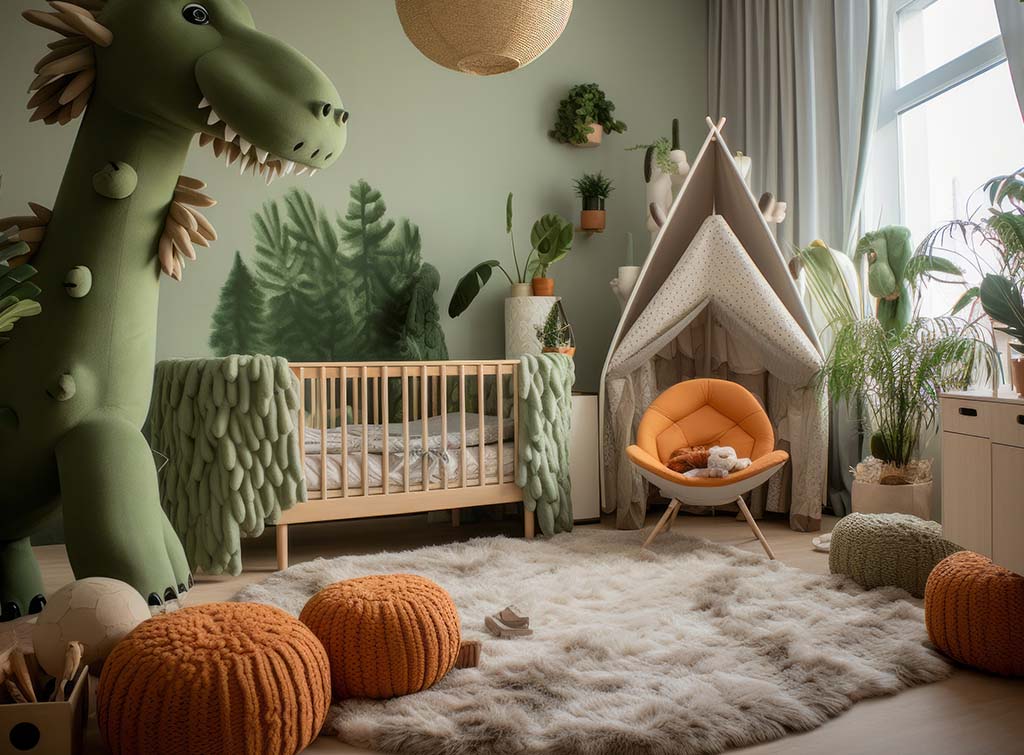Understanding the Basics: Plumbing for Beginners
So, you’ve finally decided to delve into the world of plumbing. Maybe it’s because you’re tired of calling the plumber every time the sink gets clogged or perhaps you’re just keen on learning a new skill. Whatever your reason, diving into plumbing can seem like a daunting task, but fear not! With the right guidance and a bit of elbow grease, you can master the basics of plumbing in no time.
Getting Started: Equipping Yourself with the Essentials
Before you embark on your plumbing journey, it’s essential to equip yourself with the right tools. Every plumber needs a basic toolkit consisting of wrenches, pliers, pipe cutters, and a good-quality pipe wrench. These tools will be your best friends as you navigate through various plumbing tasks, from fixing leaks to unclogging drains. Invest in quality tools, and they’ll serve you well for years to come.
Know Your Pipes: Understanding the Plumbing System
To become proficient in plumbing, you must first understand the plumbing system in your home. Take some time to familiarize yourself with the layout of your pipes, including the main water supply line, drainage pipes, and any fixtures such as sinks, toilets, and showers. Knowing how everything connects will make troubleshooting and repairs much more manageable down the line.
Safety First: Protecting Yourself and Your Home
Plumbing can be messy, and sometimes, it can even be hazardous. Before you start any plumbing project, be sure to turn off the water supply to the area you’ll be working on. Additionally, always wear protective gear such as gloves and safety glasses to shield yourself from potential injuries. It’s also a good idea to have a fire extinguisher nearby in case of emergencies.
Leaky Faucets and Drippy Drains: Tackling Common Plumbing Issues
One of the most common plumbing problems homeowners face is a leaky faucet. Fortunately, fixing a leaky faucet is often a simple DIY task that requires basic tools and a bit of patience. Similarly, clogged drains are another frequent annoyance that can usually be cleared with a plunger or a drain snake. Learning how to address these issues will save you time and money in the long run.
Going with the Flow: Understanding Water Pressure
Water pressure plays a crucial role in the performance of your plumbing system. If you notice a decrease in water pressure, it could be due to various factors such as a clogged pipe or a faulty pressure regulator. Learning how to diagnose and address issues with water pressure will ensure that your plumbing system operates smoothly and efficiently.
Venturing into Ventilation: The Importance of Proper Ventilation
Proper ventilation is essential for maintaining a healthy plumbing system. Vent pipes allow sewer gases to escape from your home safely, preventing unpleasant odors and potential health hazards. If you suspect issues with ventilation, it’s best to consult a professional plumber to assess the situation and make any necessary repairs.
Taking the Plunge: Embracing DIY Plumbing Projects
Armed with the knowledge and skills you’ve acquired, don’t be afraid to tackle DIY plumbing projects around the house. From installing new fixtures to replacing old pipes, there’s a sense of satisfaction that comes with completing plumbing tasks on your own. Just remember to take your time, follow instructions carefully, and don’t hesitate to seek help if you run into trouble.
Final Thoughts
While plumbing may seem intimidating at first, it’s a skill that anyone can learn with practice and determination. By equipping yourself with the right tools, understanding the basics of plumbing systems, prioritizing safety, and embracing DIY projects, you’ll be well on your way to becoming a confident and capable plumber. So roll up your sleeves, grab your wrench, and let’s get plumbing! Read more about plumbing 101










